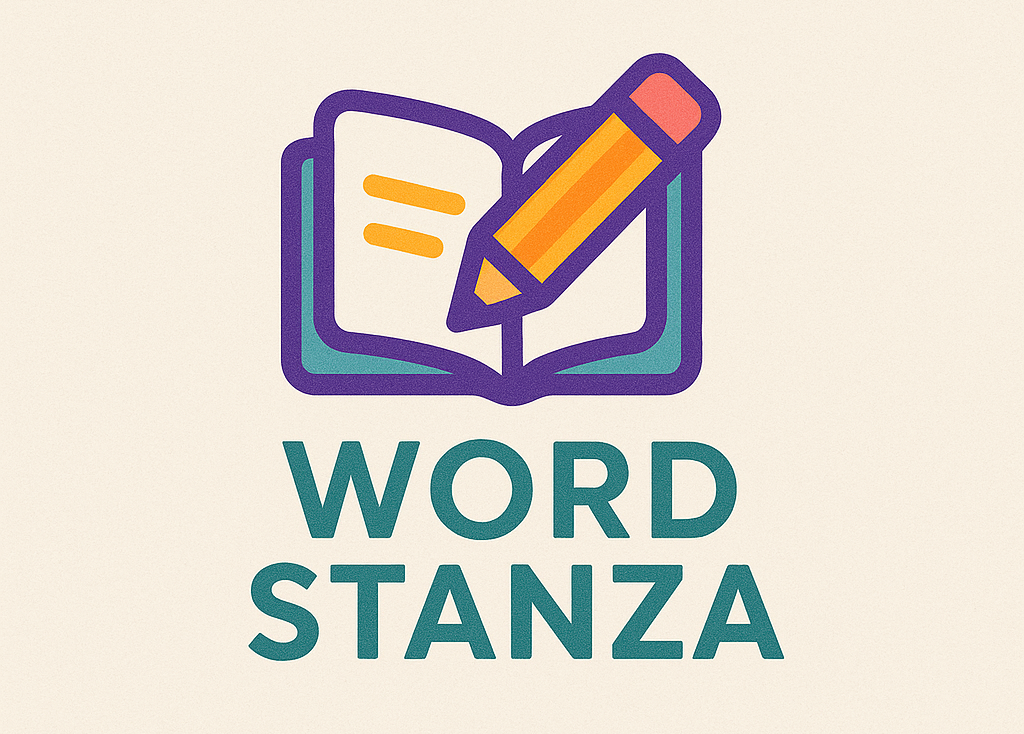When it comes to scientific illustration, there can be a lot of confusion about what it is and how it’s used. In general, scientific illustration is a visual representation of science or scientific concepts. This might include illustrations in textbooks, posters, or even the internet. Although there are many different applications for scientific illustration, the most common use is to help people understand complex information.
One of the advantages of using illustrations is that they can often communicate information more effectively than text alone. Additionally, illustrations can make abstract concepts easier to understand, and they can help people remember information more easily. Scientific illustration can be a precious tool for educators and students alike when used correctly.
Of course, scientific illustration is not limited to use in a classroom setting. It can also be beneficial for scientists and researchers working on discoveries or inventions. Illustrations can be so valuable that they can even be used as evidence in patent applications.
Overall, scientific illustration is a versatile and powerful tool that can be used in various settings. It can help people understand complex information and ideas more easily when done correctly. Additionally, illustrations can be a valuable resource for educators and scientists alike. So if you’re looking for a way to communicate science better, consider using scientific illustration. It just might be the perfect solution for you.
How to Create a Scientific Illustration?
First of all, it’s essential to understand the basics of good graphic design. In addition, you’ll need to be familiar with the principles of scientific illustration. With that said, here are a few tips to help you get started:
- Start by sketching out your ideas. This can be done with pencil and paper or using a software program such as Adobe Photoshop or Illustrator.
- Make sure your illustrations are clear and concise. Avoid overcrowding your images with too much detail, and make sure all your information is easy to read.
- Use simple shapes and colors to create your illustrations. This will help make them more visually appealing and easier to understand.
- Experiment with different techniques and styles. The best way to improve your skills is to practice as often as possible.
- Get feedback from others. Show your illustrations to friends, family, or classmates and get their opinion on how you can improve them.
With these tips in mind, you should be well on your way to creating successful scientific illustrations. However, remember to take your time and be patient — it takes a lot of practice to become a skilled illustrator.




